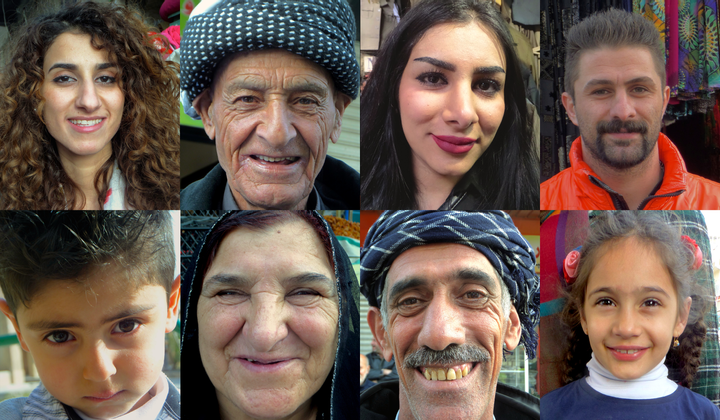The Faces of Kurdistan
– Robin Wright
Expressions capture an essence that no words can describe.
I’ve always been fascinated by faces — how much the shape, the smiles, the cheekbones, especially the eyes, and even the wrinkles, can tell about people in various parts of the world. I’ve photographed close-ups of faces on five continents over the past 40 years. Expressions capture an essence, especially in collections, that no words can describe.
These are some of my favorite faces from a trip to Kurdistan this year. The Kurds of Iraq have been on the frontlines of history for a century, beginning with the moment they almost got their own state after World War I — and then didn’t. Kurds are now divvied up into four countries, Turkey, Iraq, Syria and Iran, with smatterings elsewhere. They’re now the world’s largest minority without a state.
They were on the frontlines against Saddam Hussein for decades too. The former Iraqi president used chemical weapons against his own people in 1988, killing more than 5,000 civilians, including many women and children. He also razed more than 1,000 villages and engaged in deadly repression against hundreds of thousands.
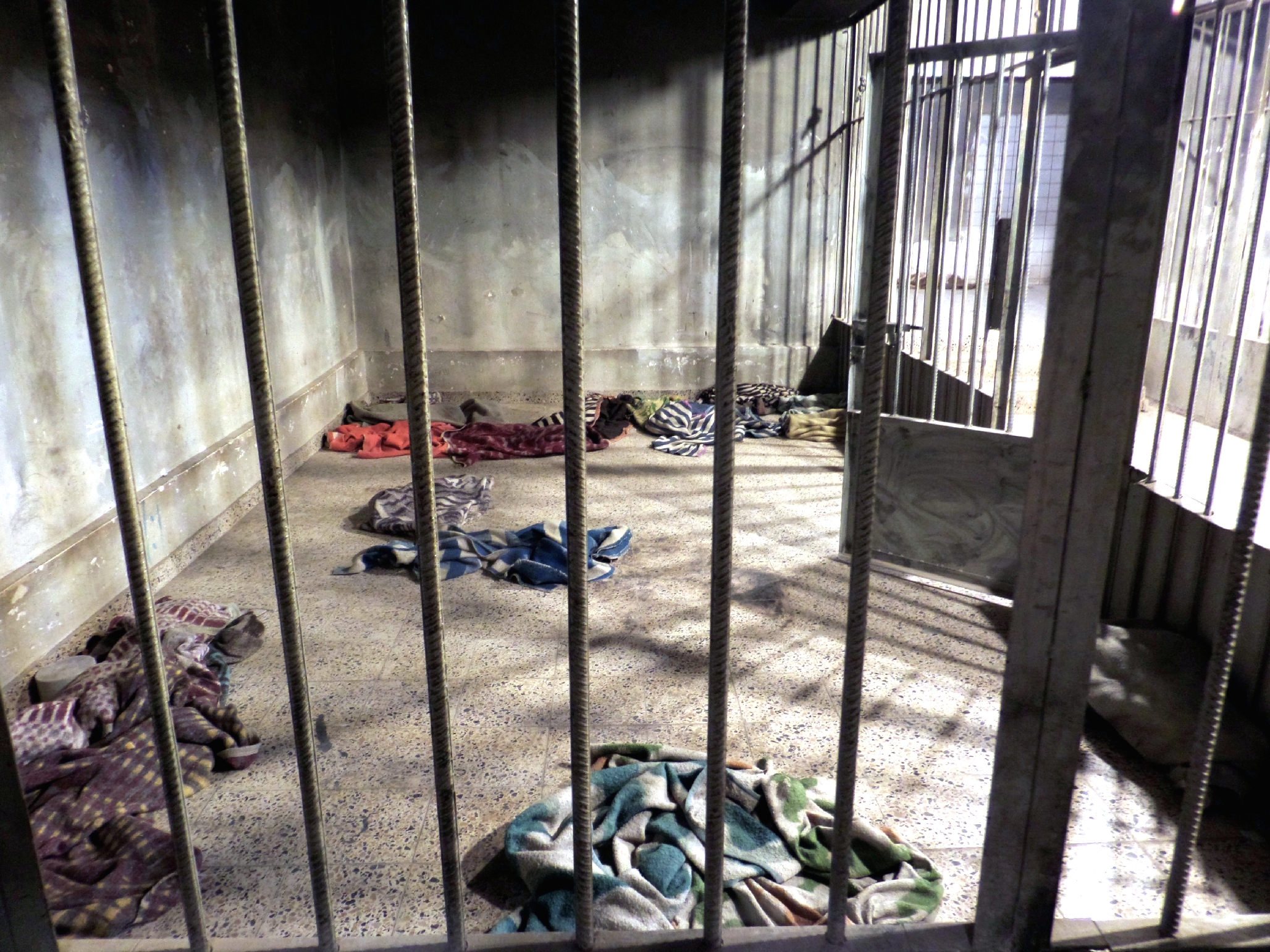
In Sulaymaniyah, the Kurds have their own Holocaust museum chronicling that period, including torture chambers with sculptured figures replicating Saddam’s torture techniques. In a large room for silent reflection, the walls and ceiling are covered with tiny pieces of mirror, each representing one life lost during Saddam’s rule.

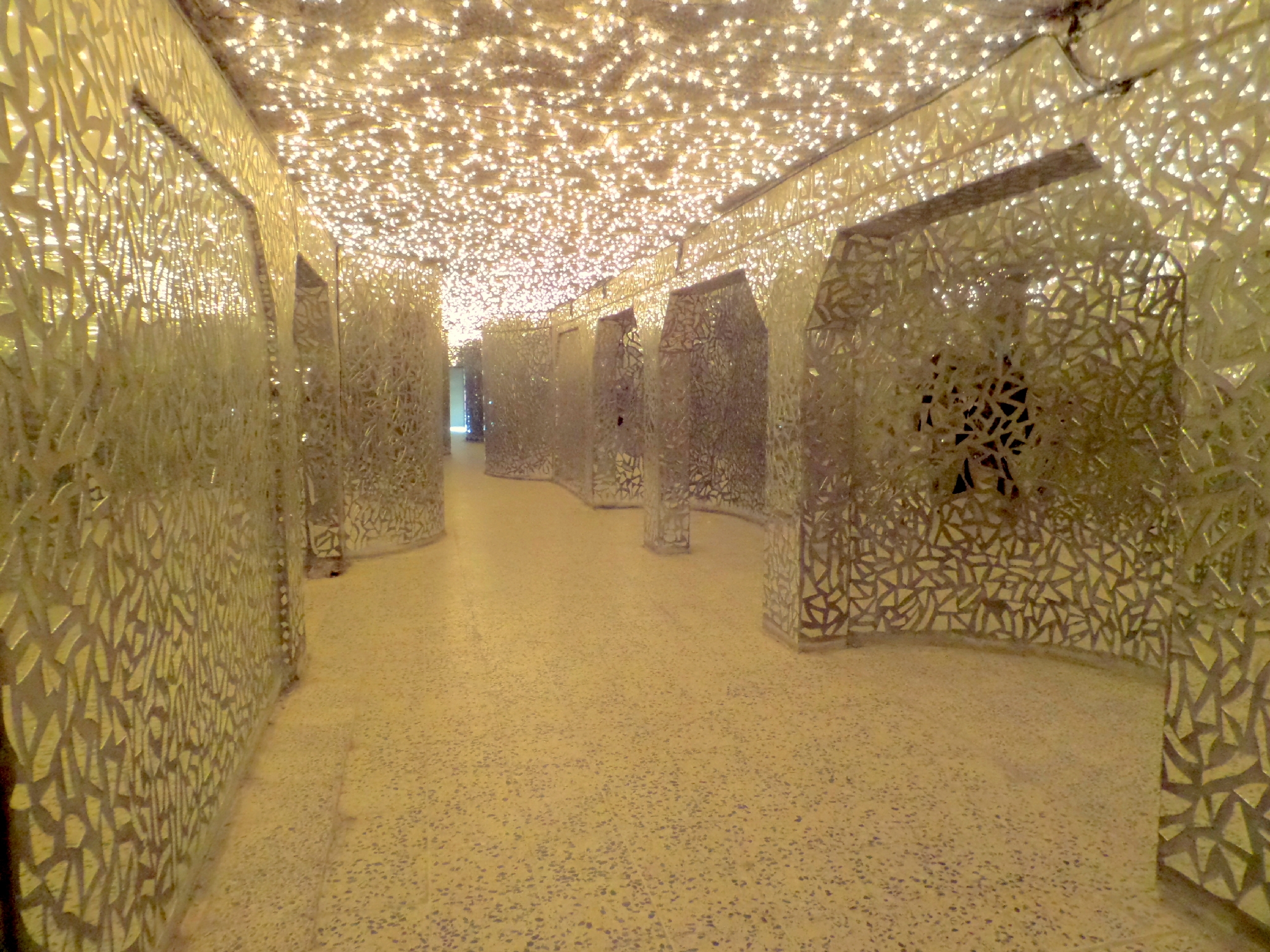
After the Kurds rose up against Saddam in 1991, he physically cut off their territory — about twice the size of New Jersey — from the rest of Iraq. The Kurds, already the poorest part of the country, were also isolated by the international community because they were legally part of Iraq.
But the Kurds are tough. They held their own elections — the first democratic vote ever in Iraq — and had the first real parliament. They survived off taxing smuggling routes. They created their own currency and education curriculum. And they worked hard.
After the 2003 U.S. intervention, the Kurds became part of Iraq again — and thrived as never before. They also suffered less violence than the Arab parts of Iraq. Kurdistan became the most stable part of Iraq.
But today, the Kurds are on the frontline again — this time against the Islamic State of Iraq and Syria that, since June, has conquered vast chunks of Iraq. ISIS has marched right up to the border of the Kurdish territory. The legendary Kurdish militia, the Peshmerga, is deployed along a tense border to hold off ISIS. Unlike the Iraqi Army, the Peshmerga have held together — and have fought hard.
My faces of Kurdistan all come from a day walking through the streets of Sulaymaniyah. I didn’t know any of these people. But all of them were willing to let me take their pictures — two aged Shoe repairmen with vintage sewing machines on the street, a little girl in a Tinkerbell T-shirt, a welcoming grandma, a young man getting his hair trimmed, and several cheerful matrons or mamas.
With no language in common, I’d point at my camera and then at them—and they were all uninhibited, even as I got up very close. I loved the shy little girl with bangs, a money-changer sitting on the sidewalk, the walnut and pomegranate peddlers, a young man selling yogurt cones, and several old men with fabulous wrinkles and well-crafted turbans. (I even found the Kurdish Kim Kardashian.)
Together, the faces spoke to me of the Kurds’ spirit and wholesomeness, their determination and industriousness, their engaging character and, most of all, their endurance. For them, the battles are not yet over.


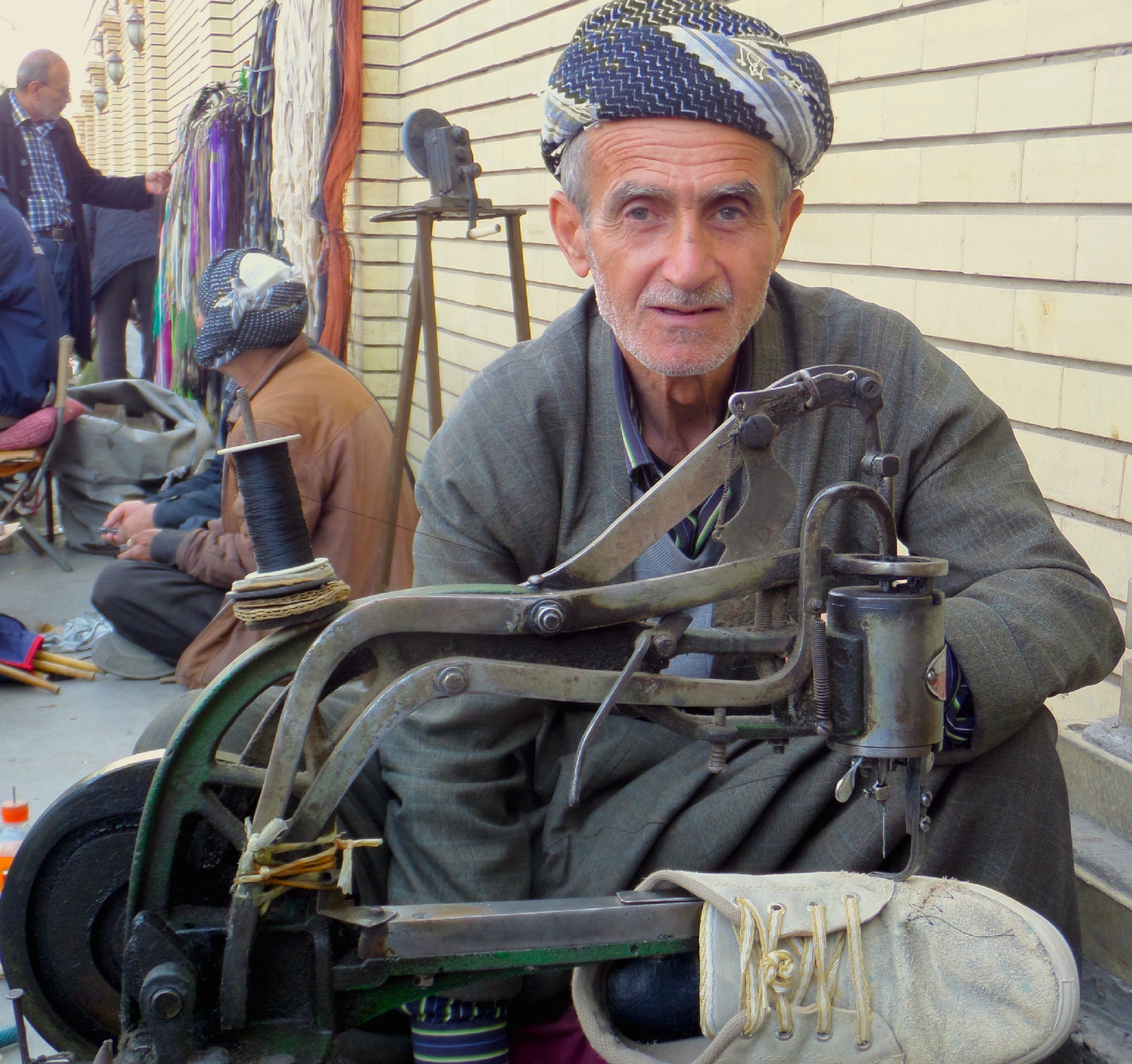
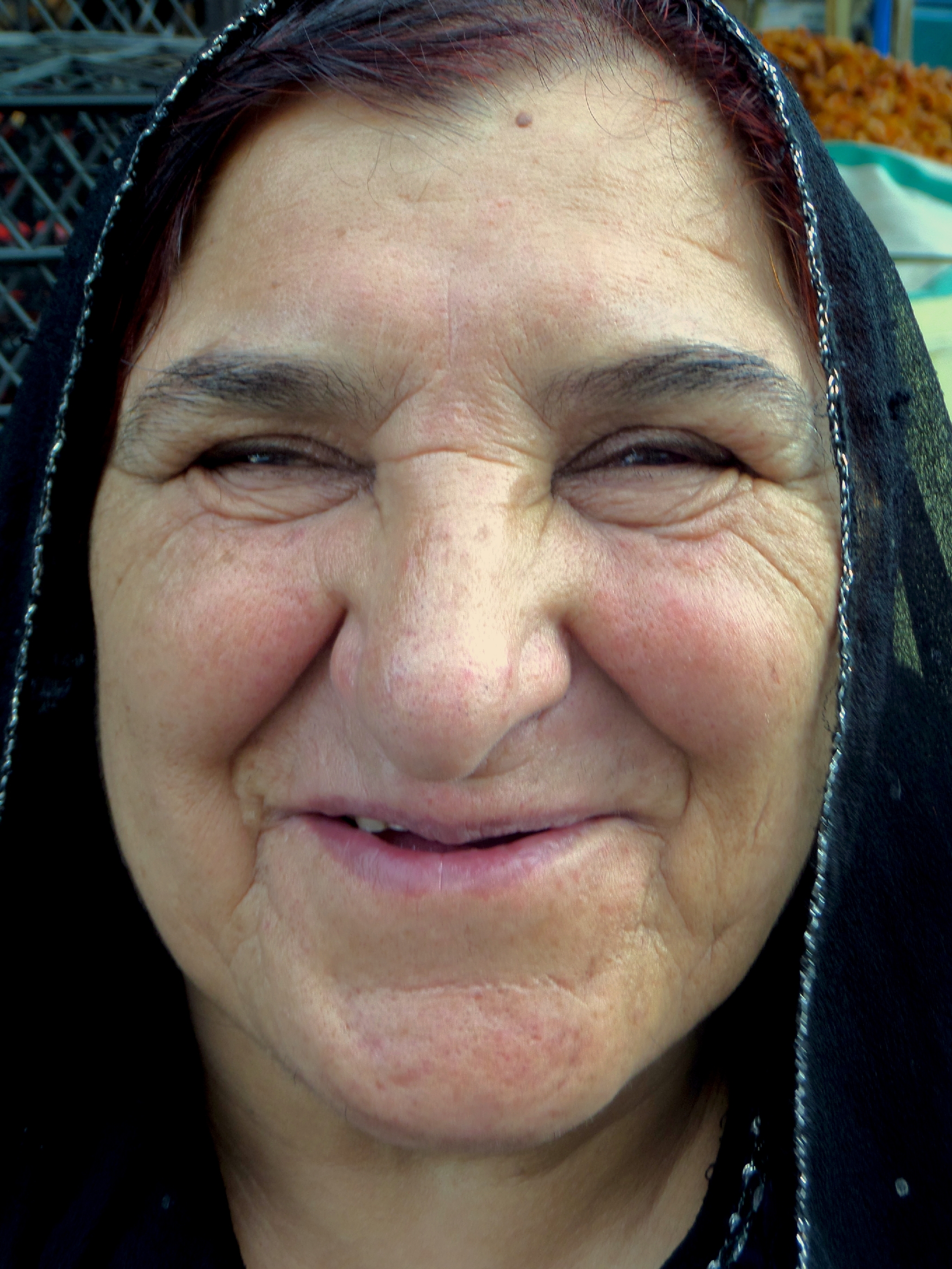

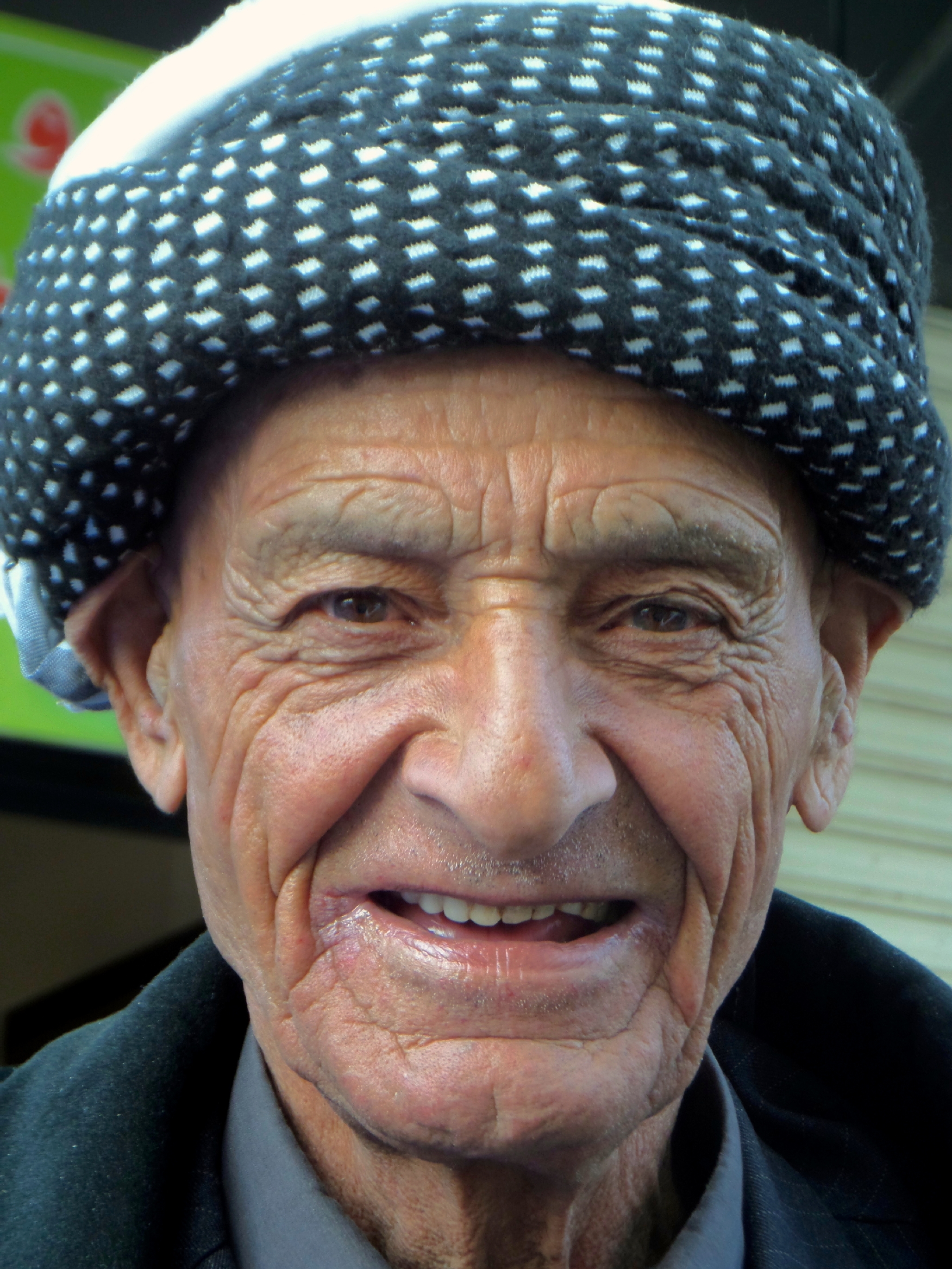
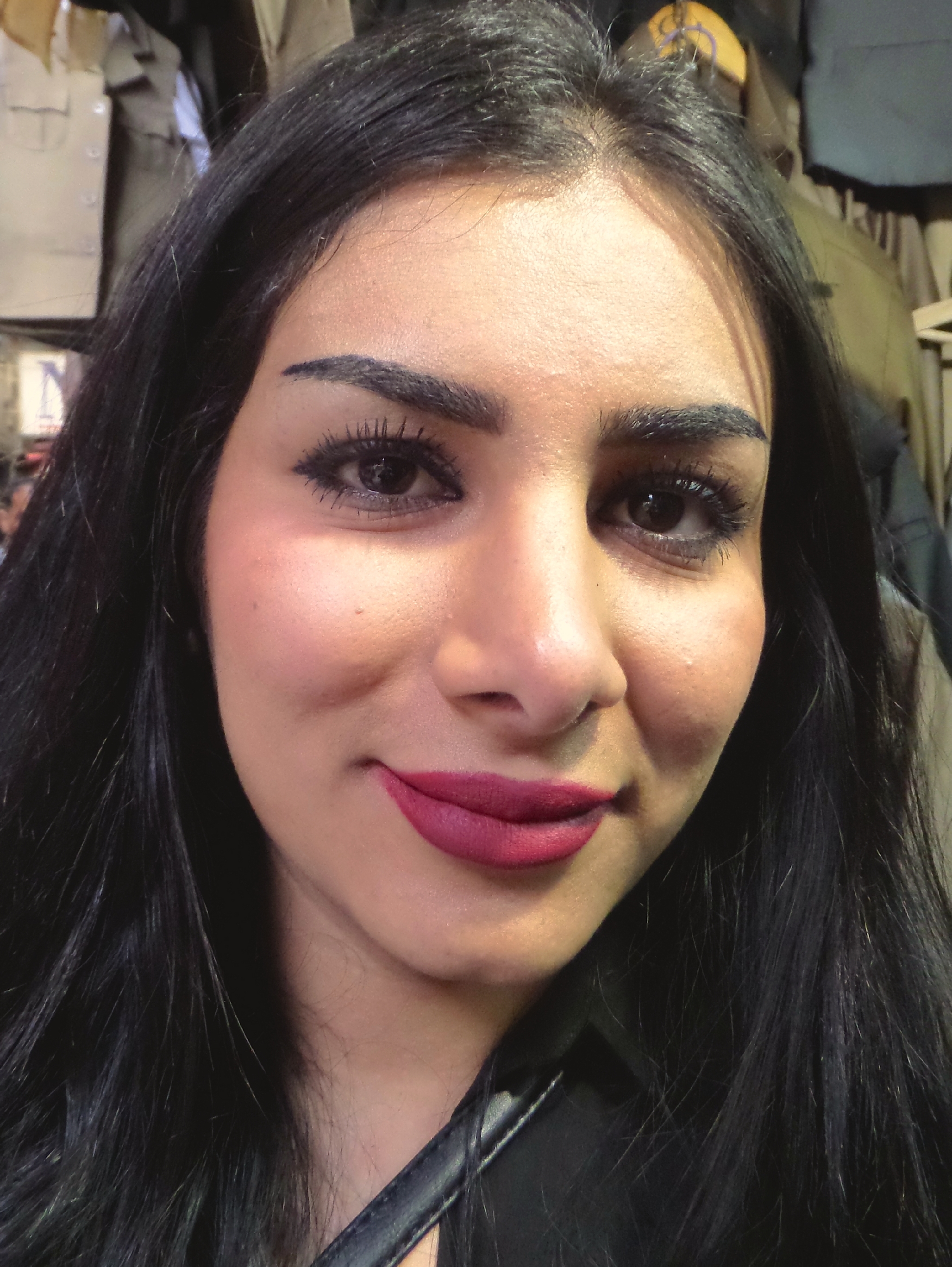
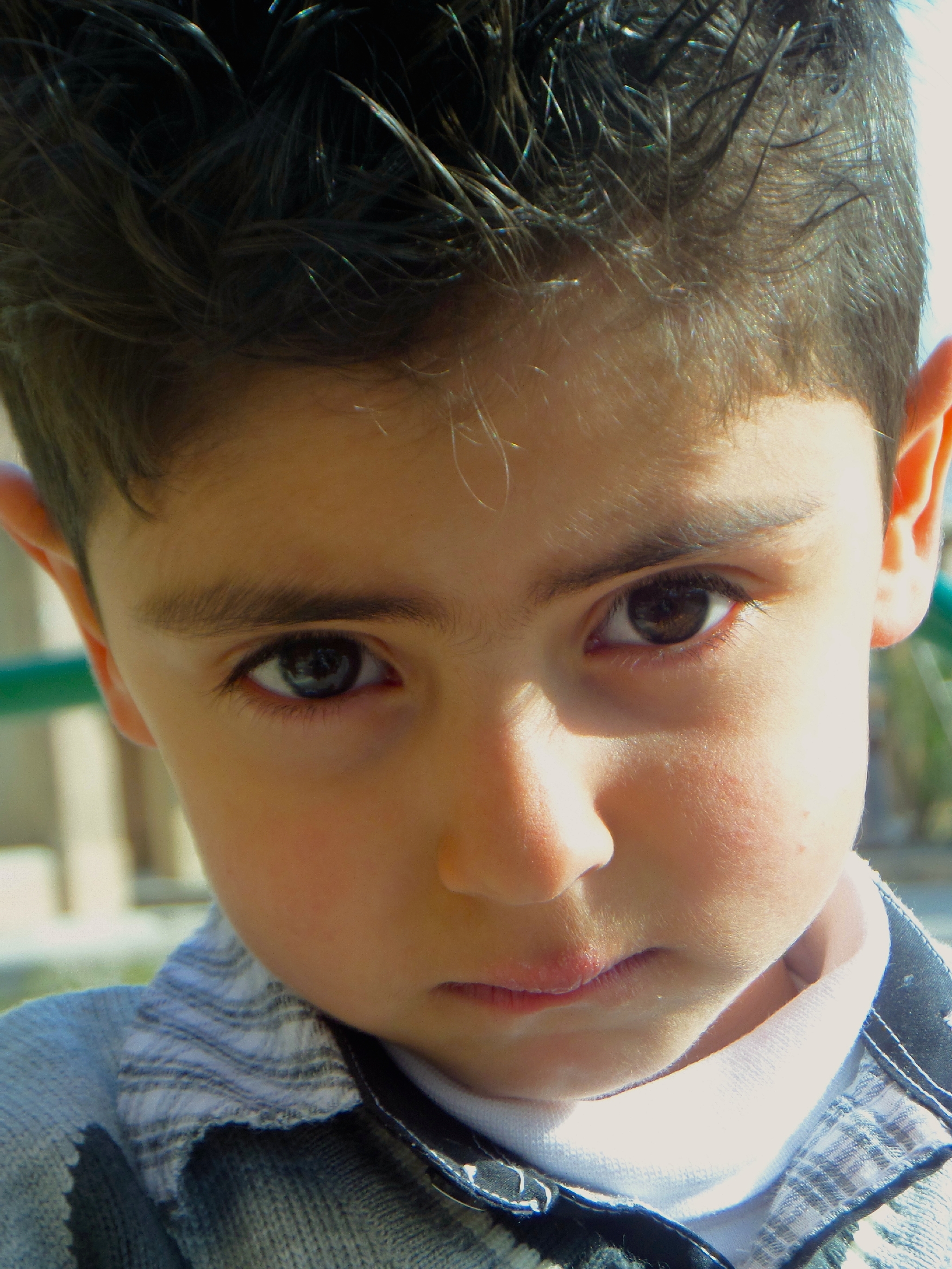

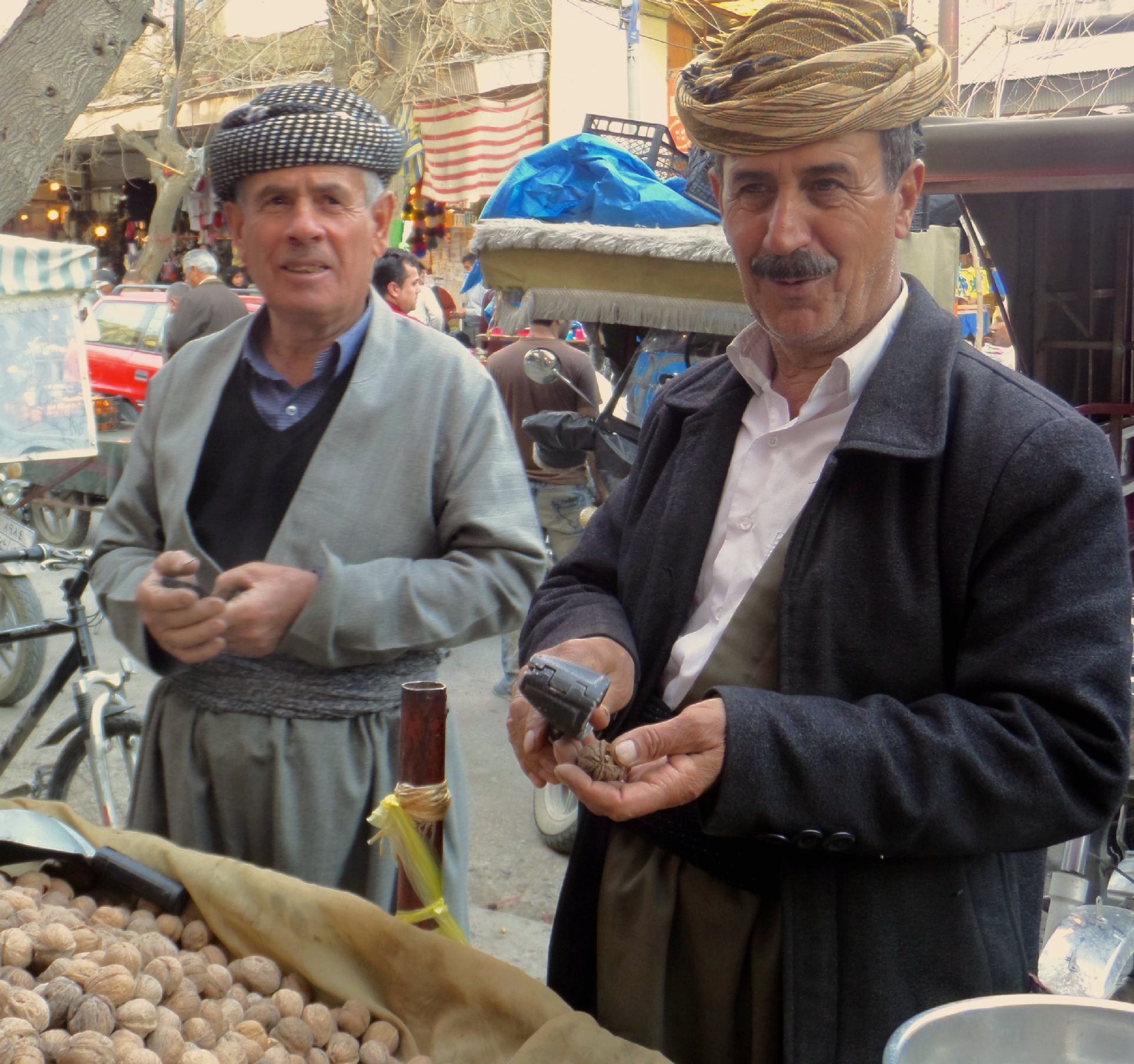
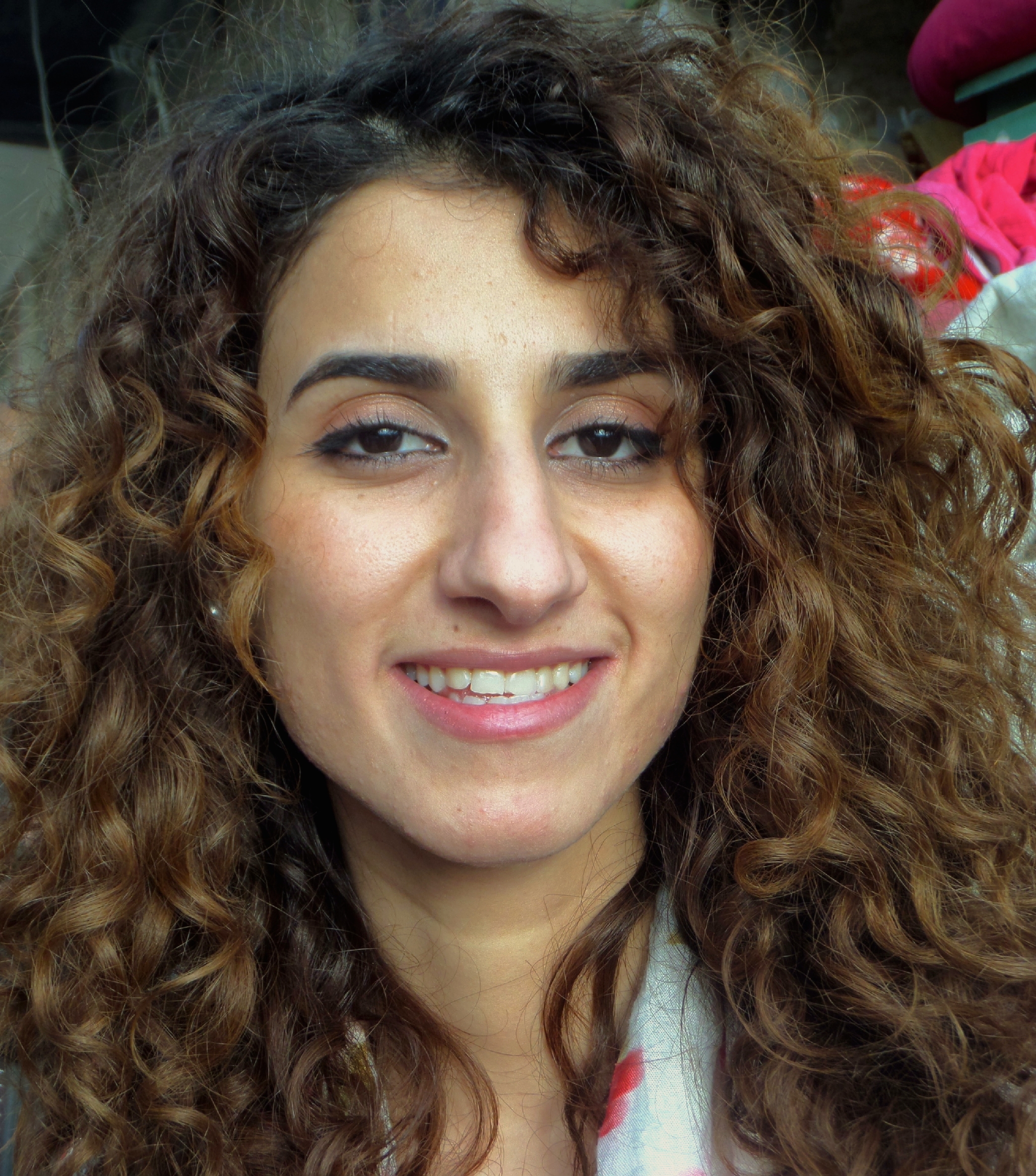


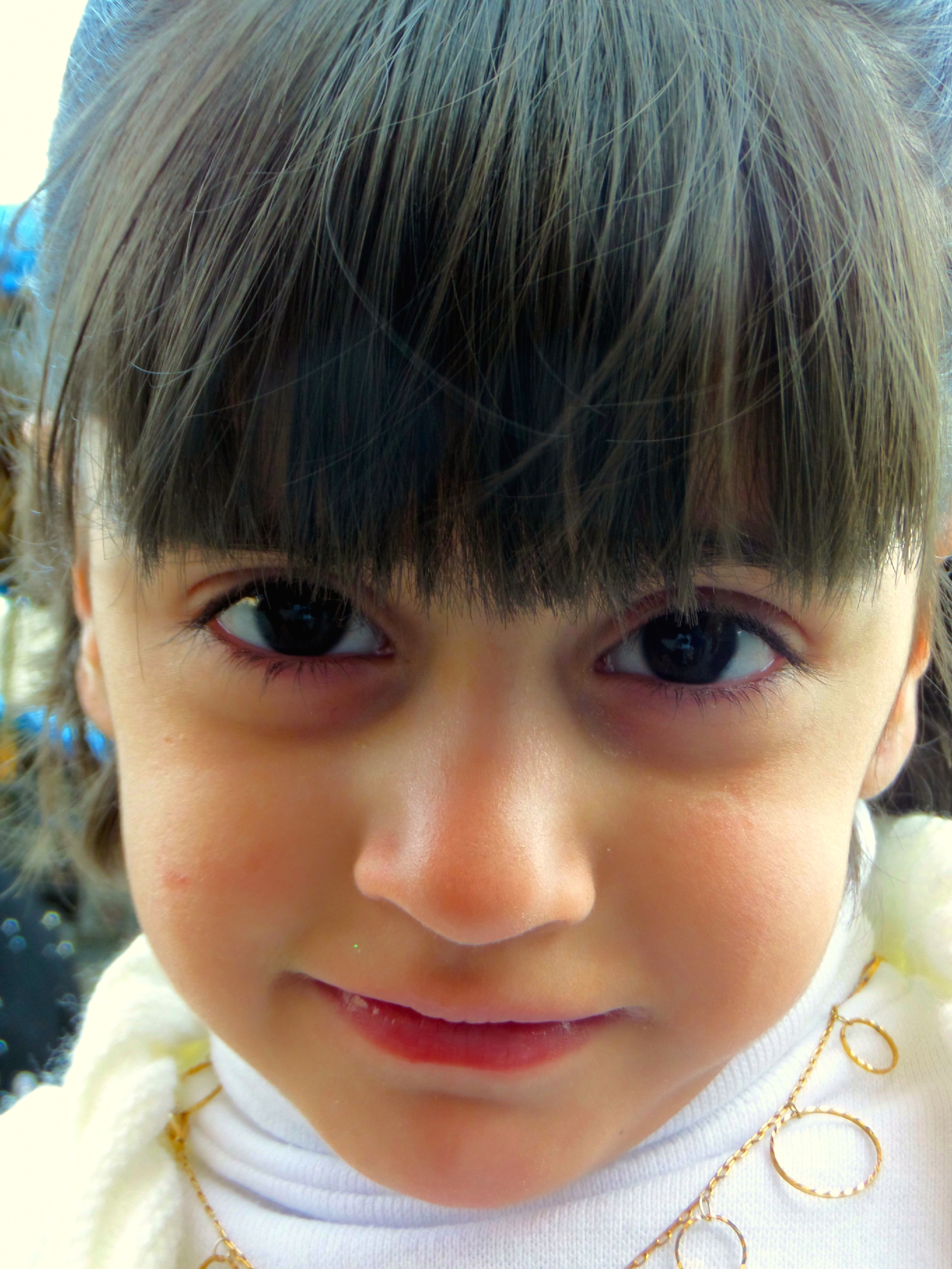

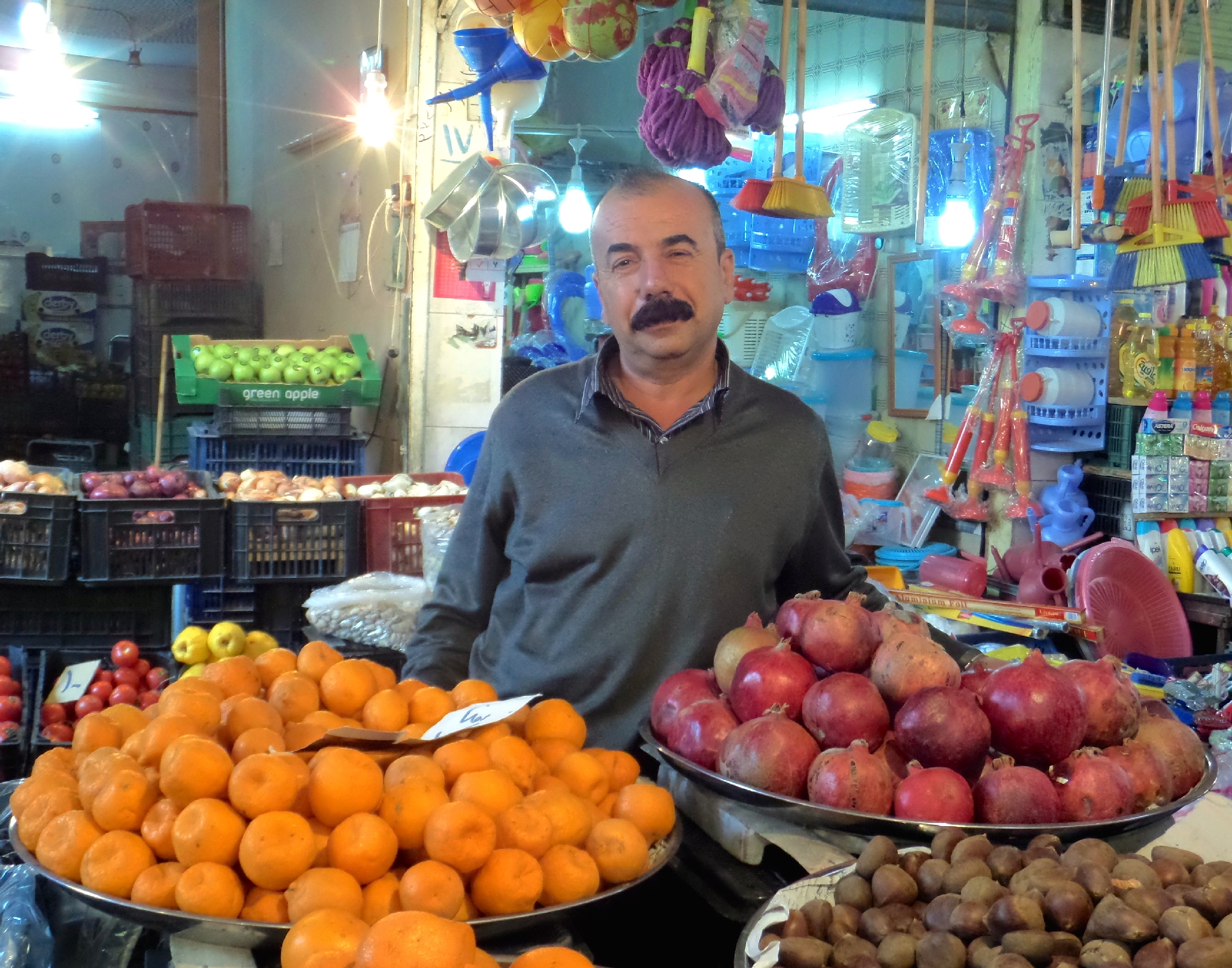
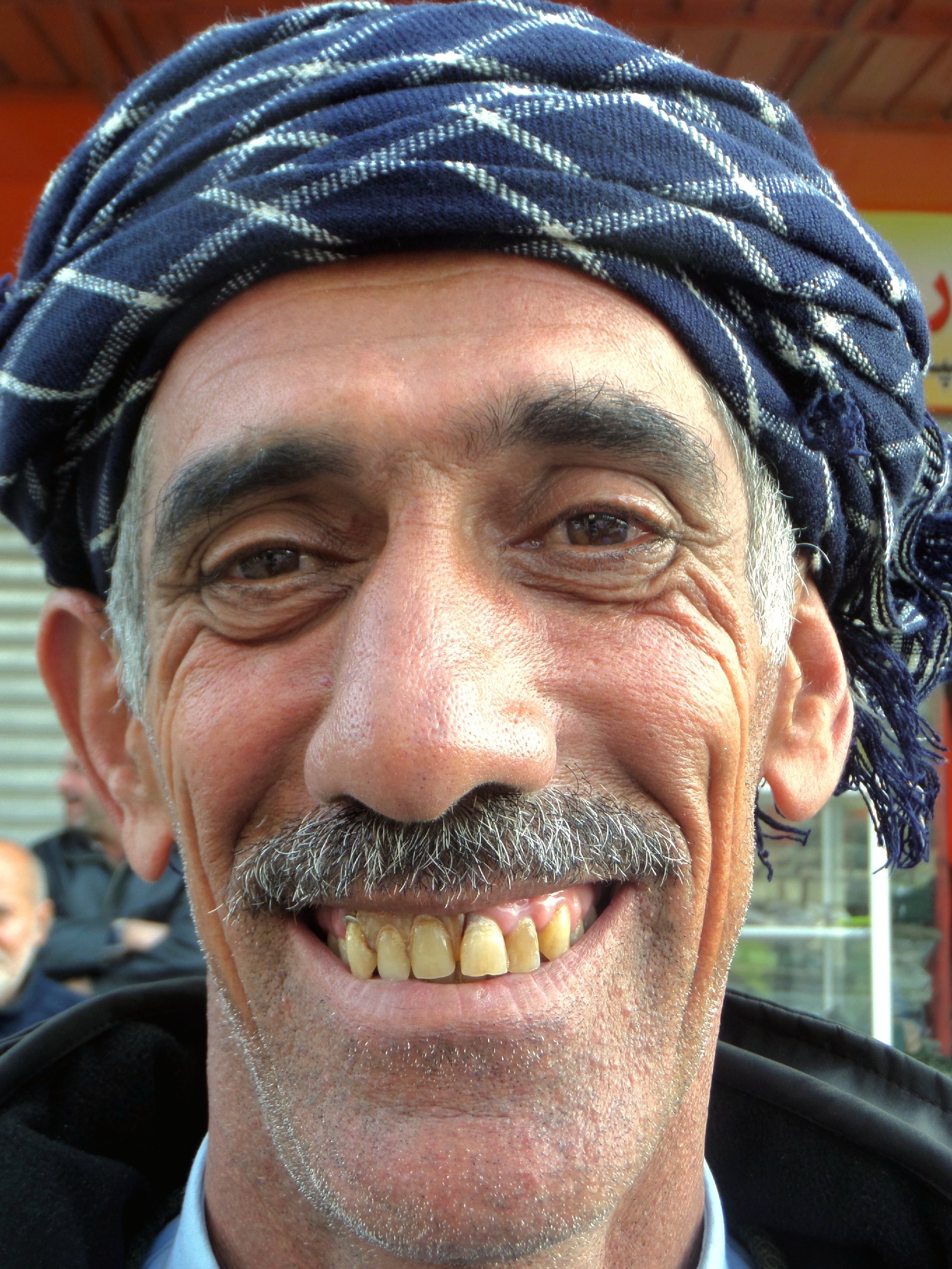
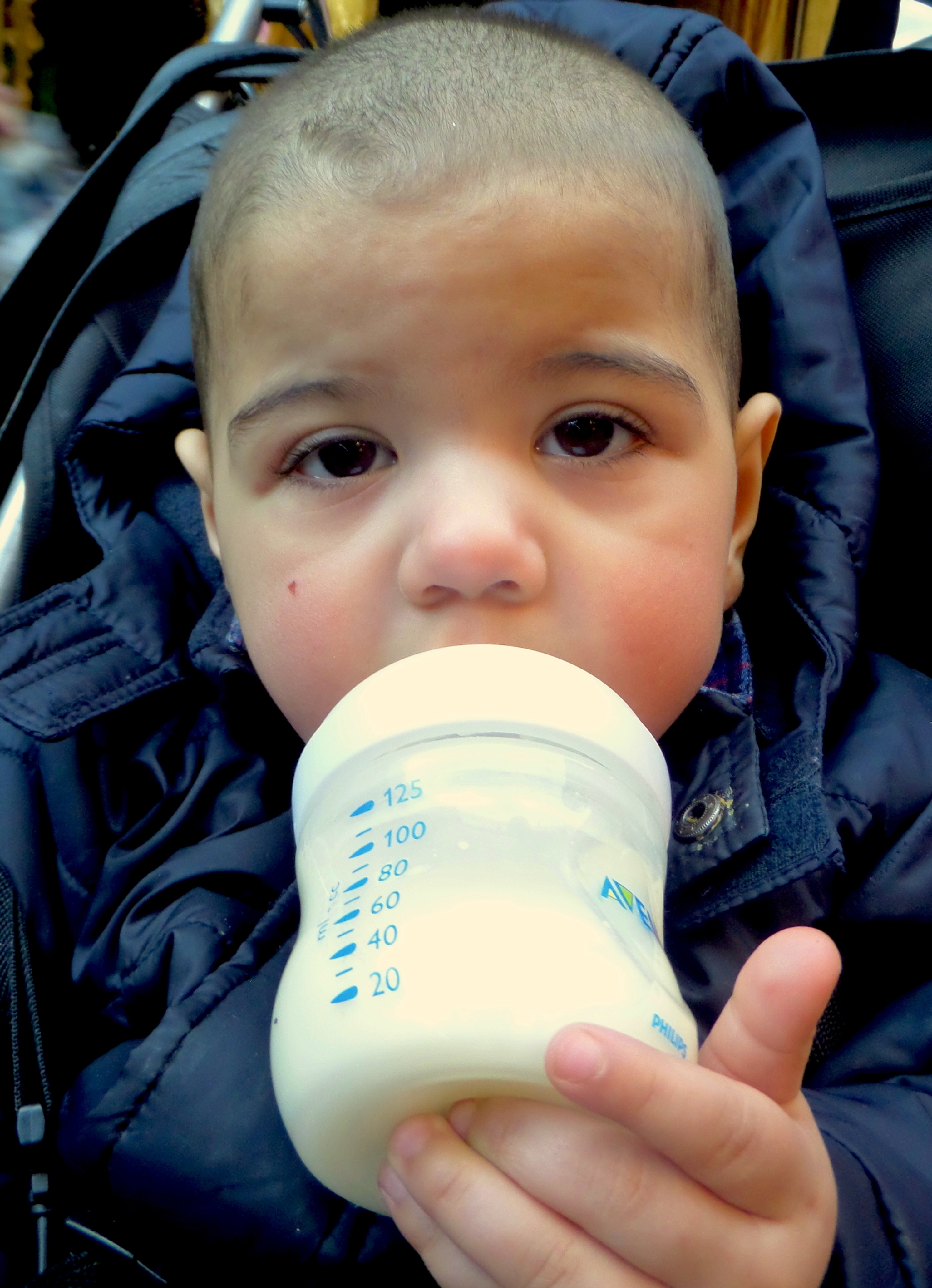
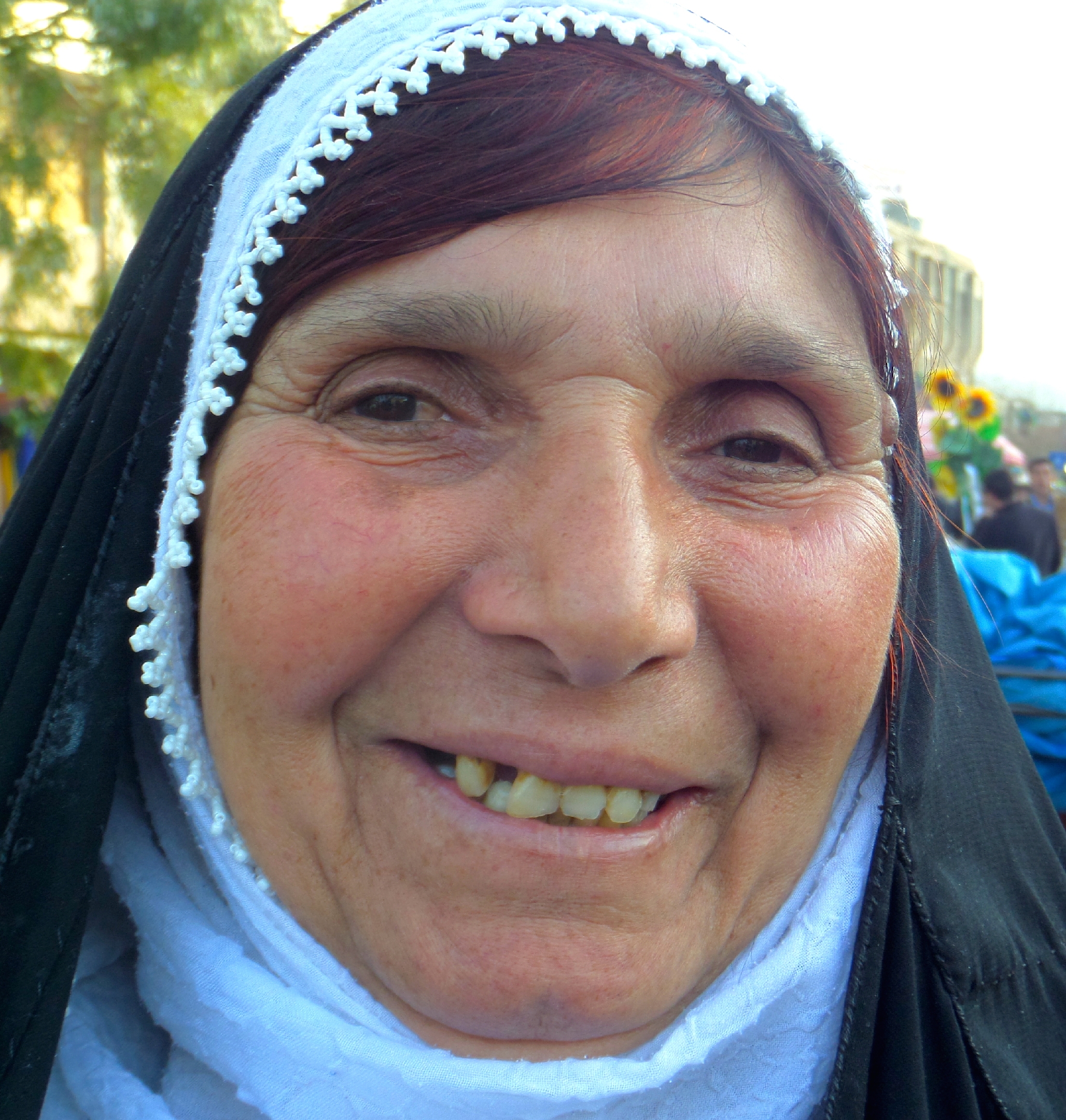


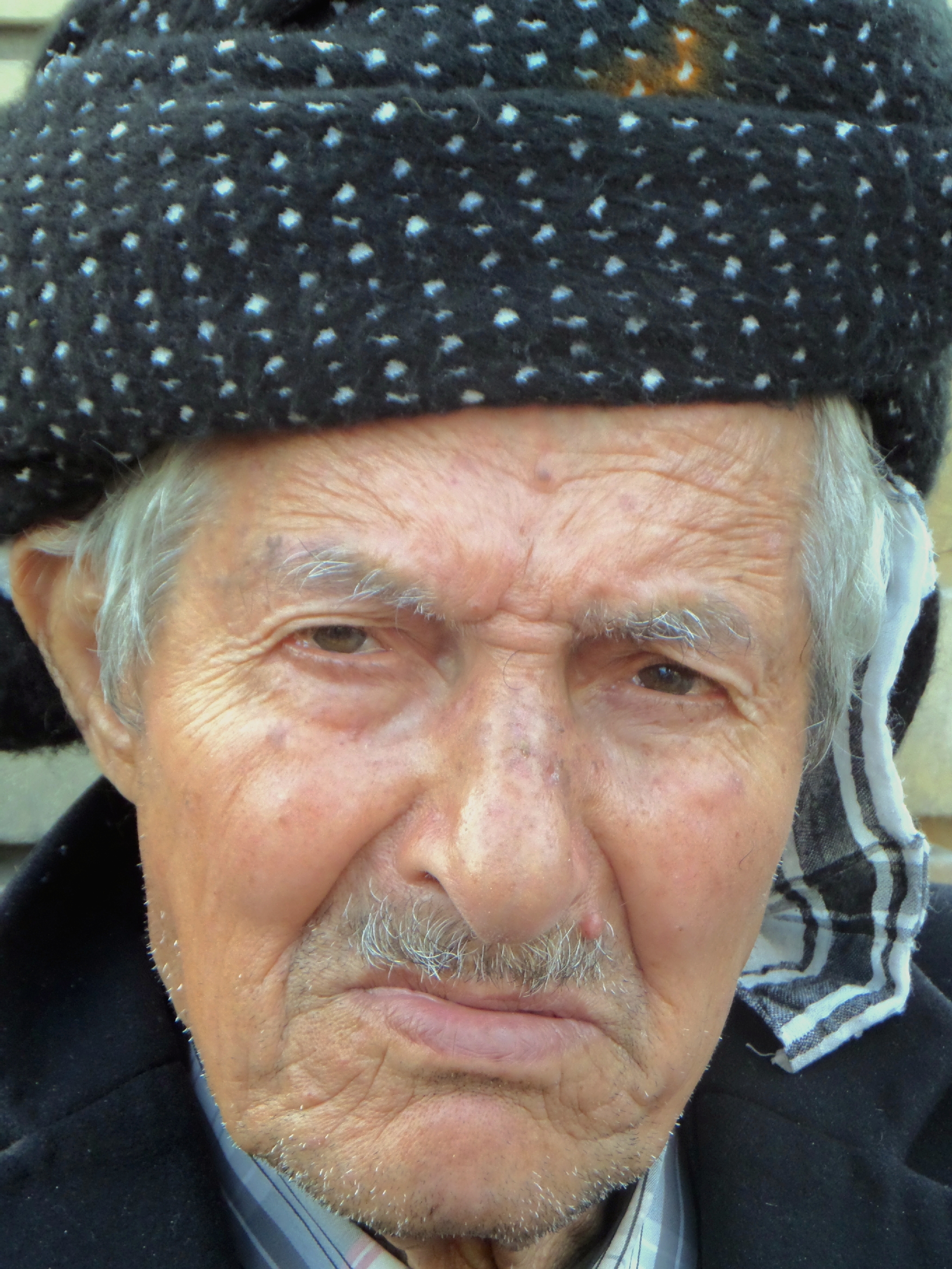
* * *
Robin Wright is a joint fellow at the Wilson Center and the U.S. Institute of Peace. Follow her on Twitter at @wrightr.
Photos courtesy of Robin Wright.
